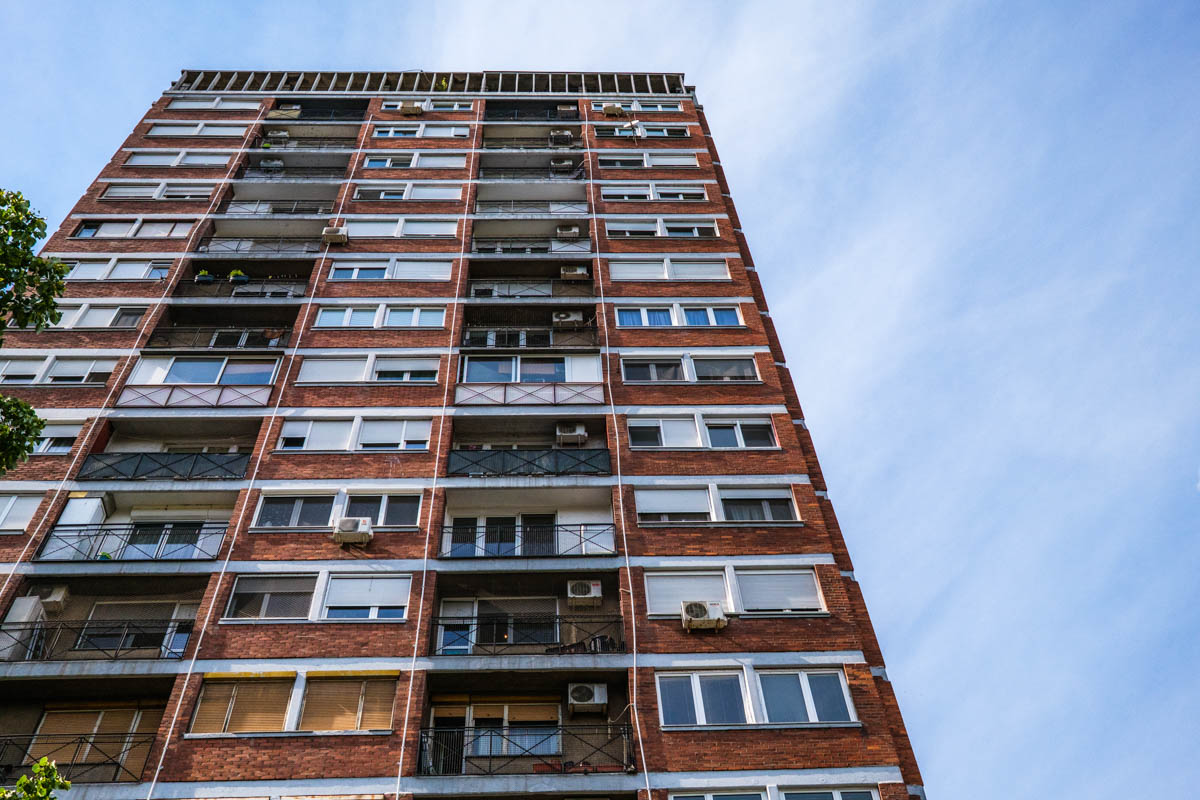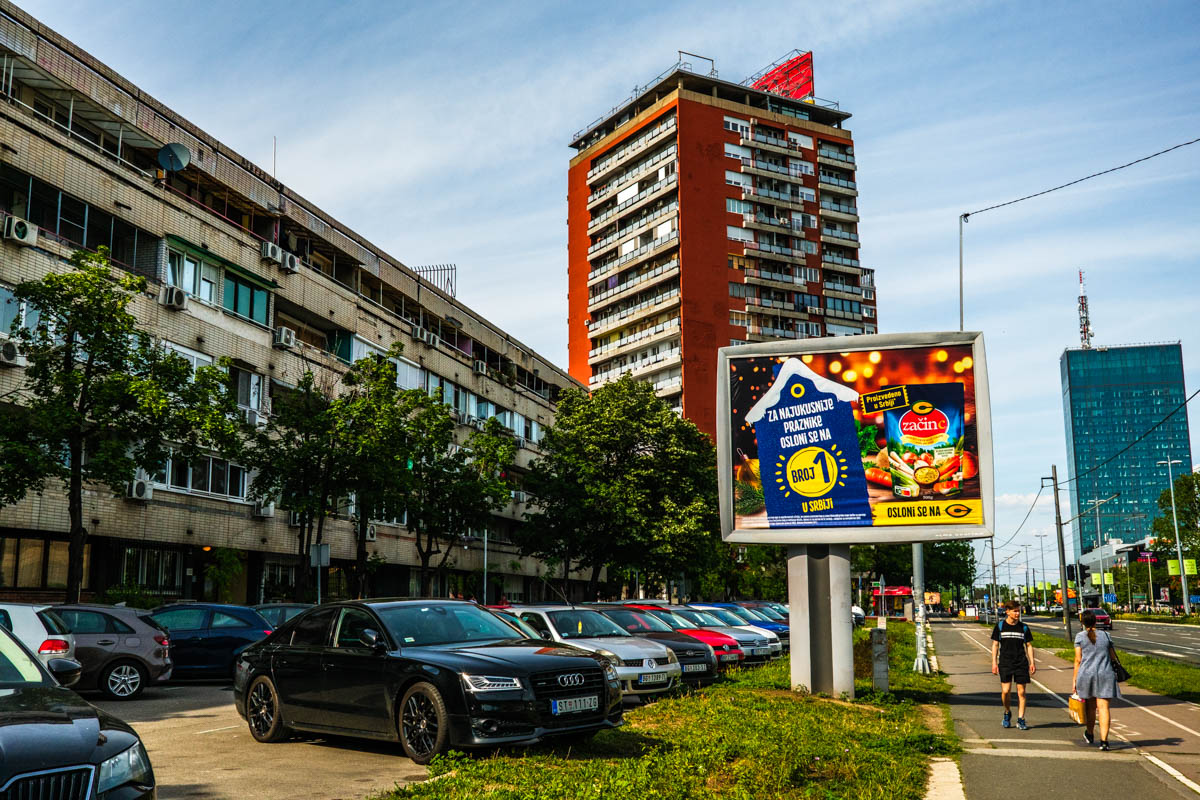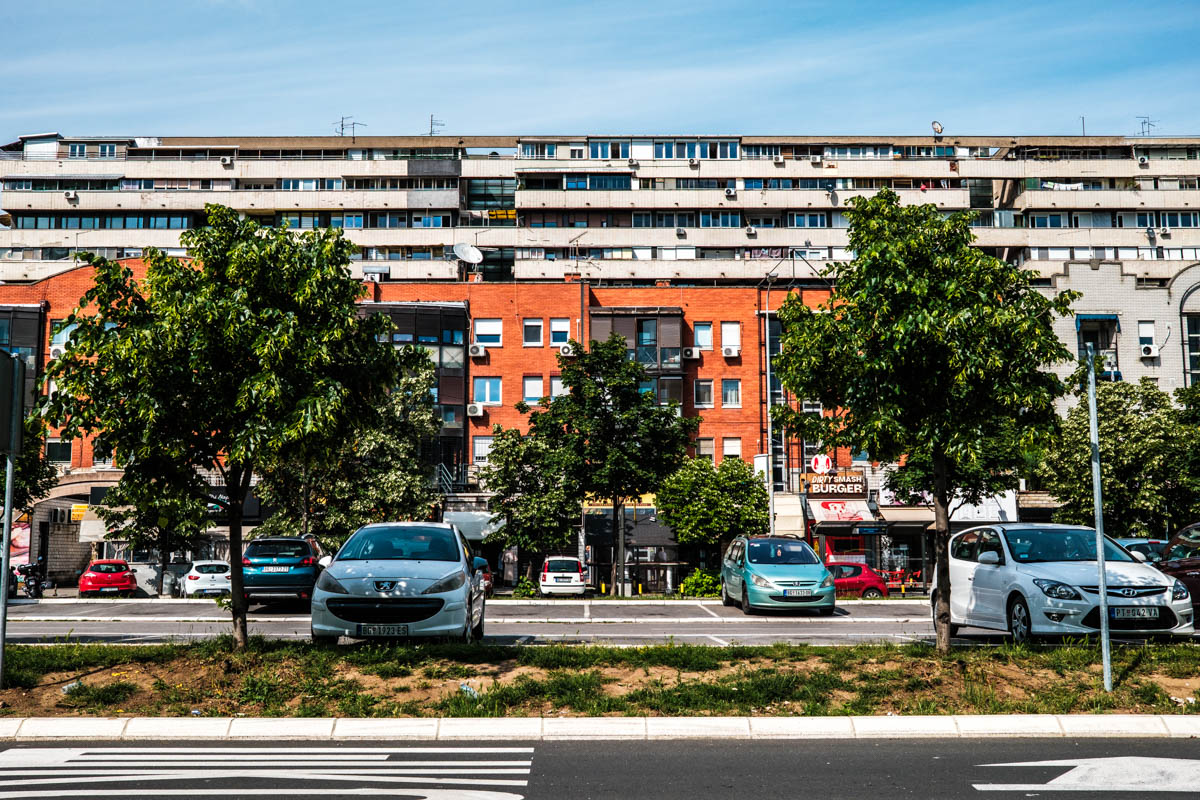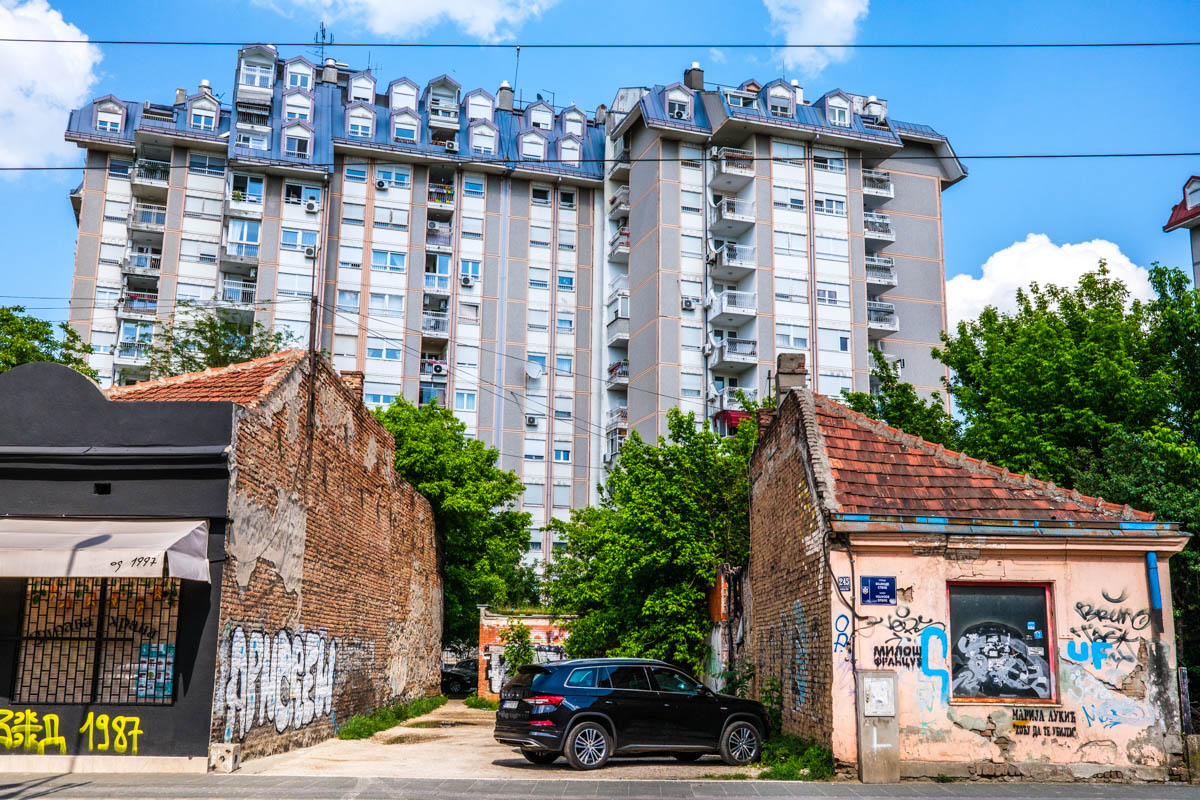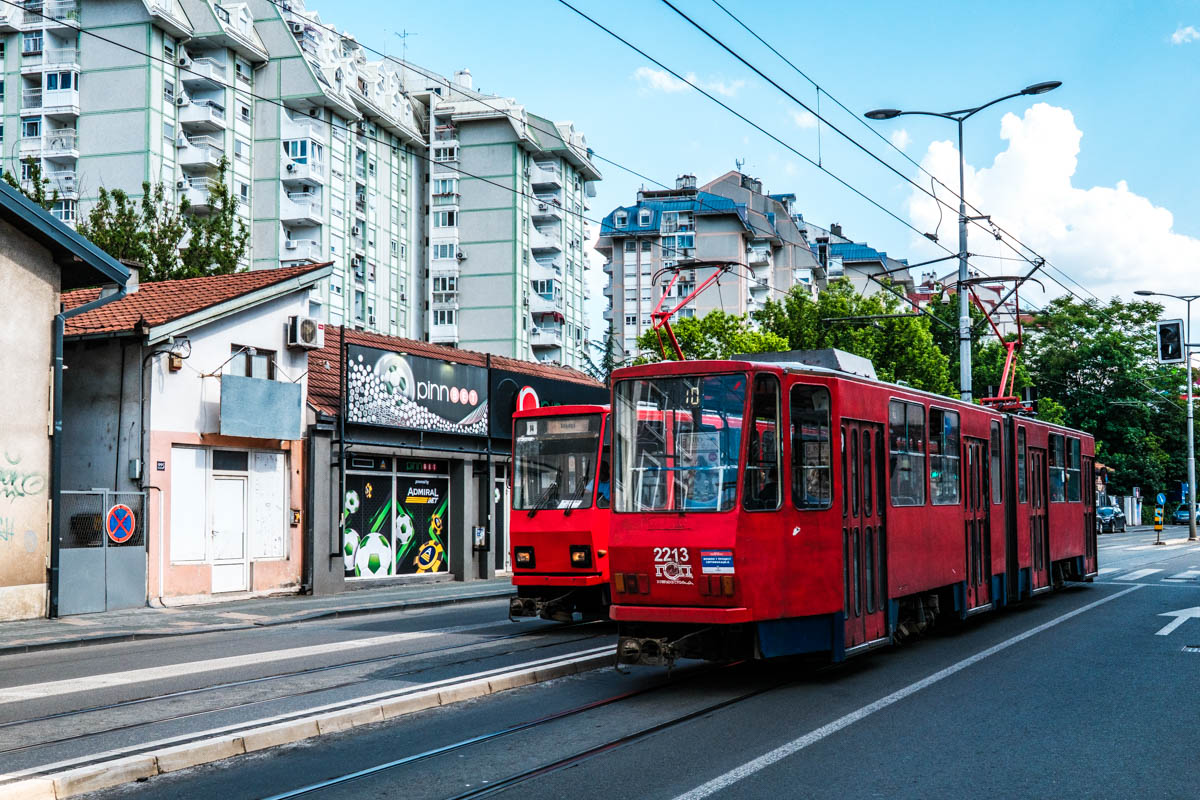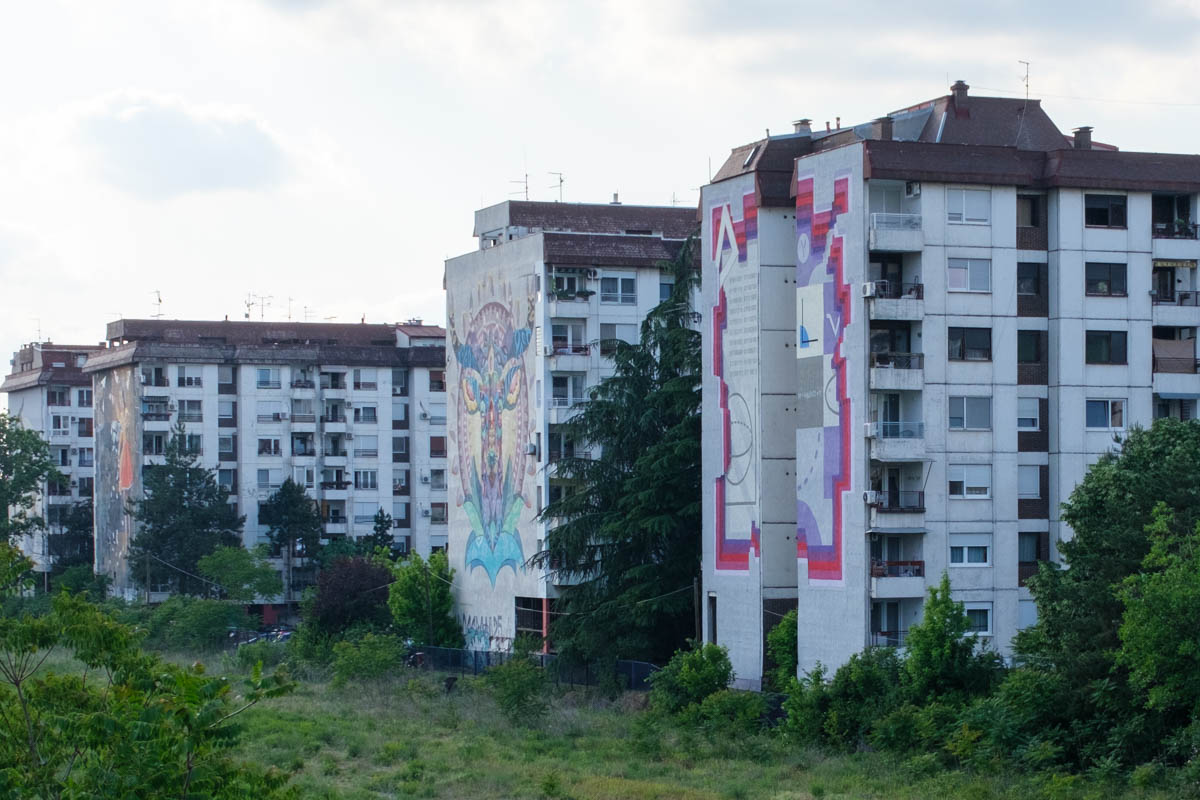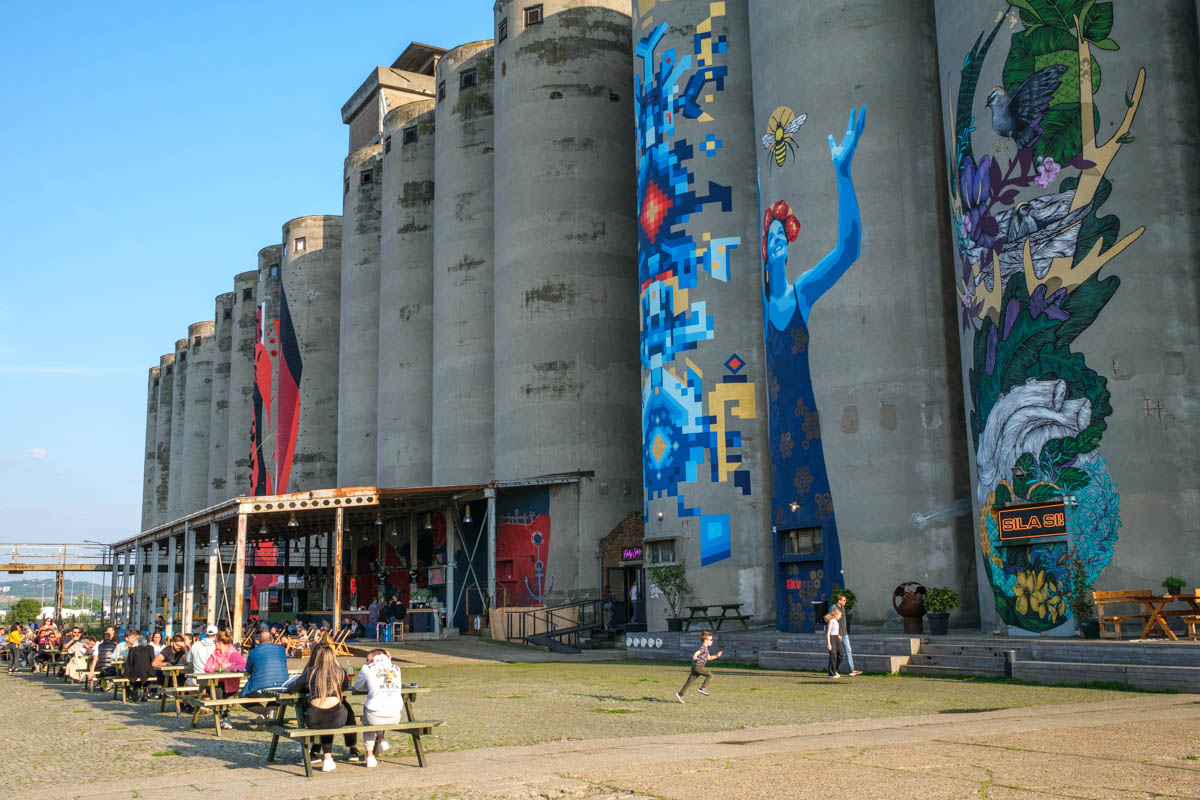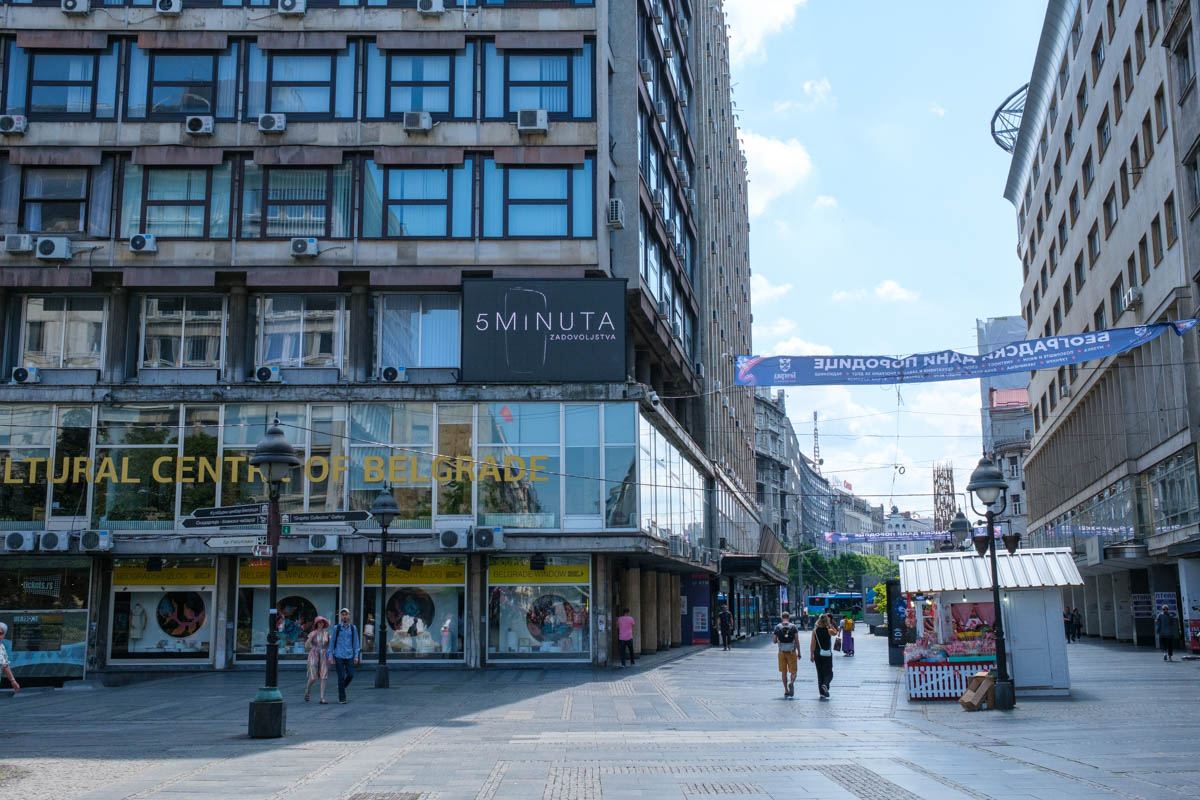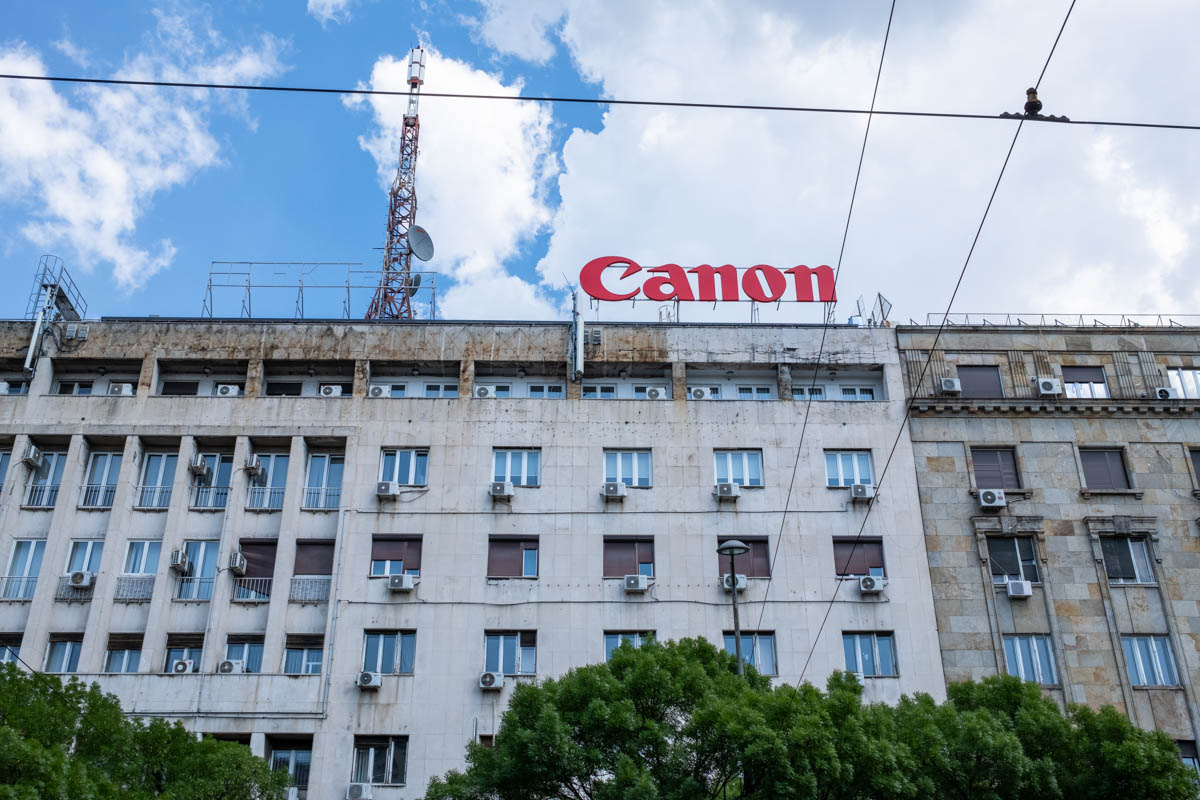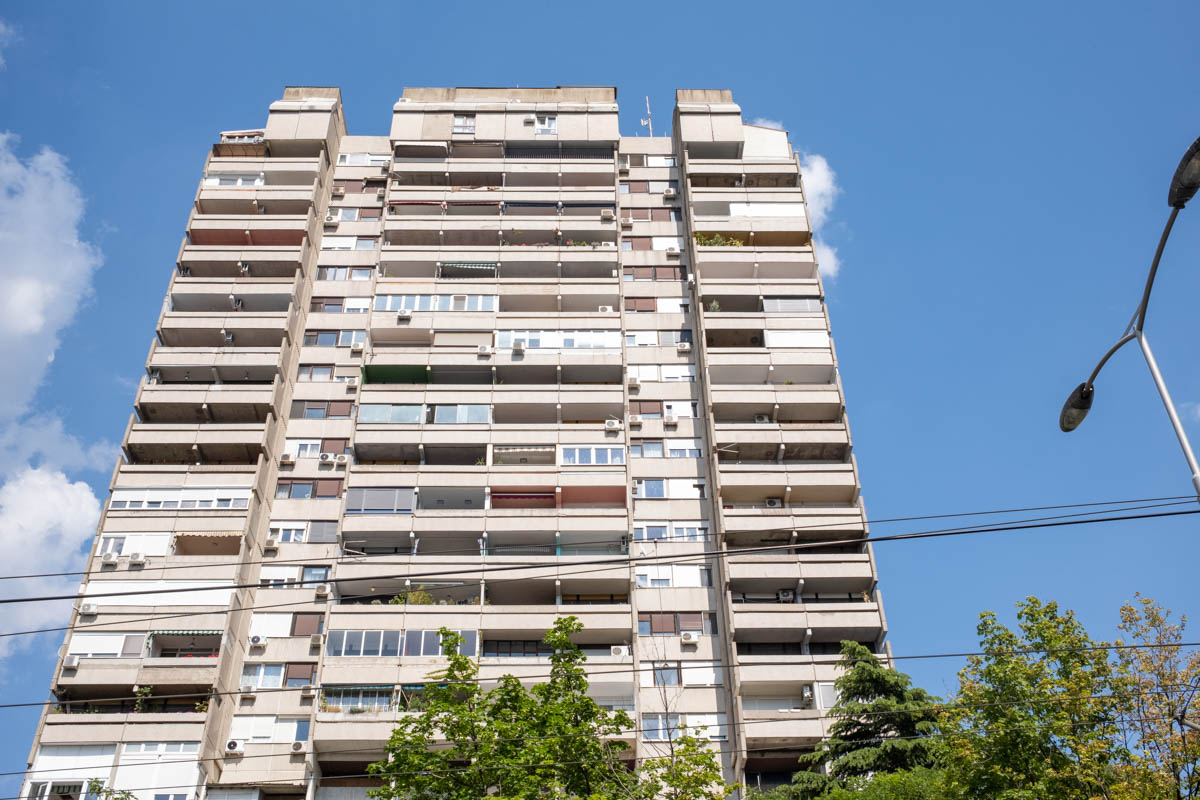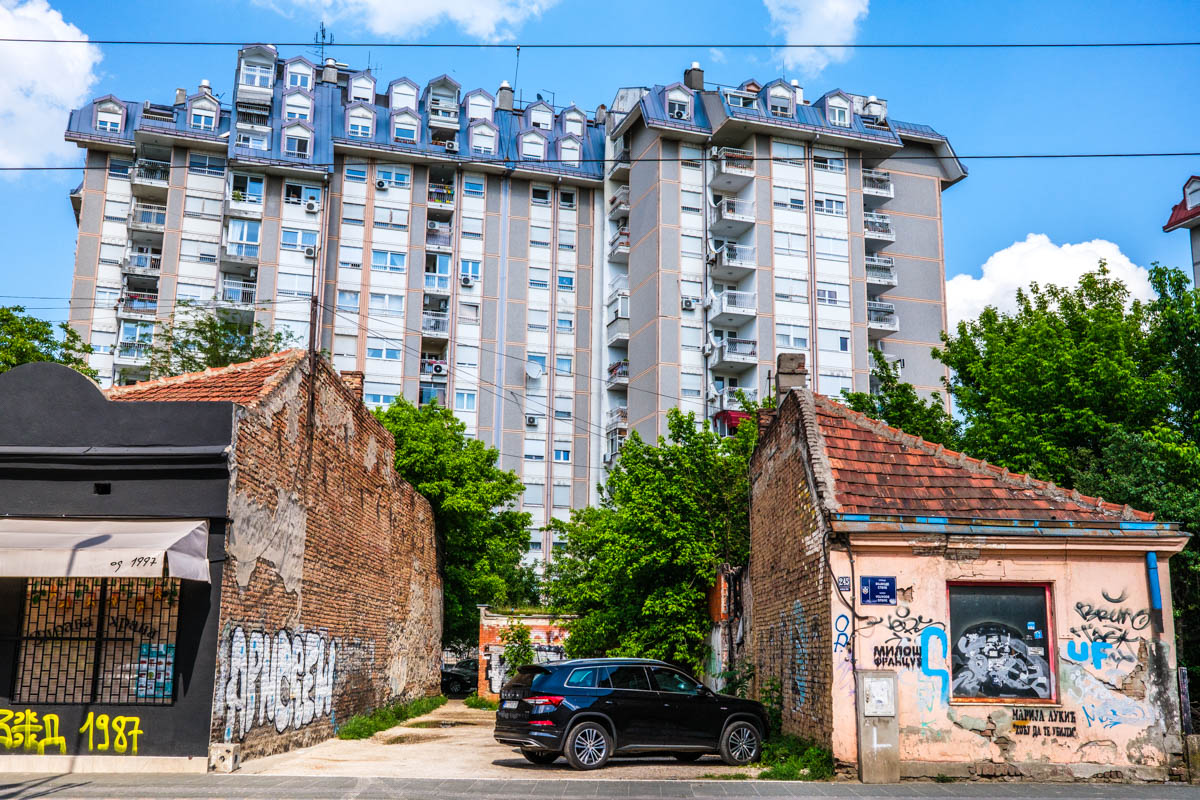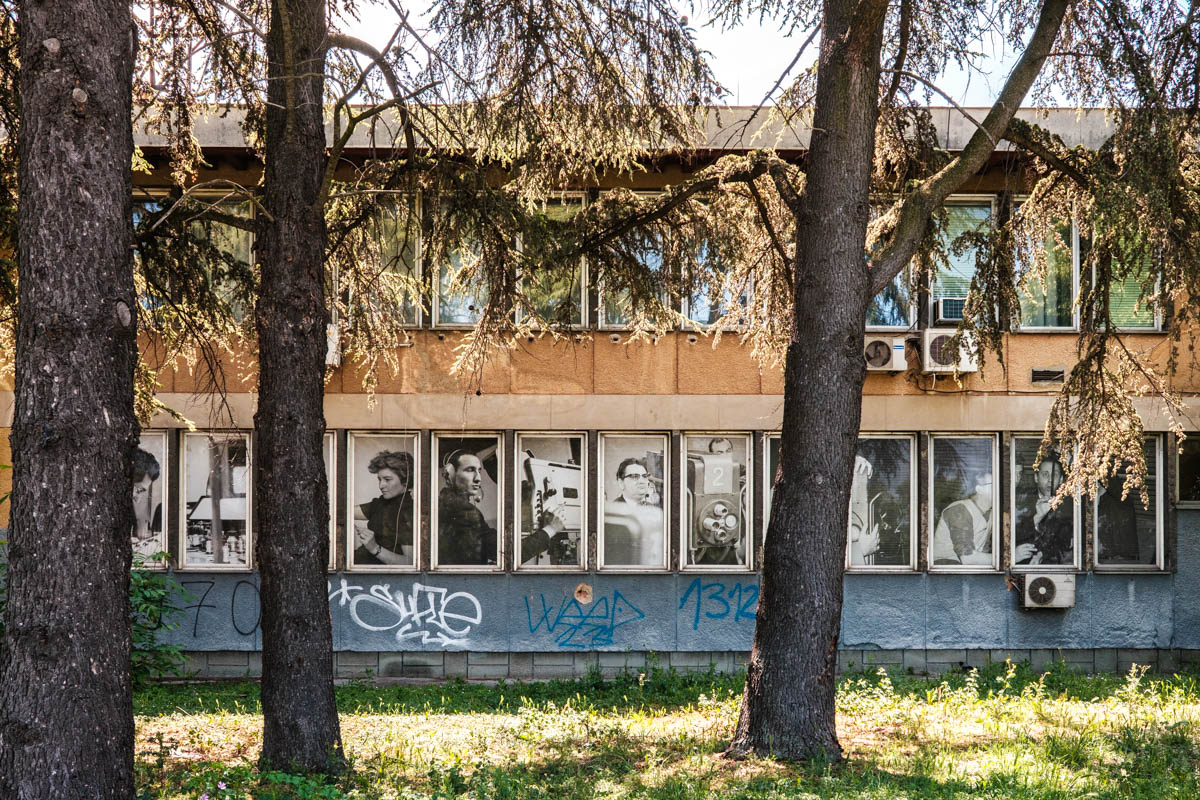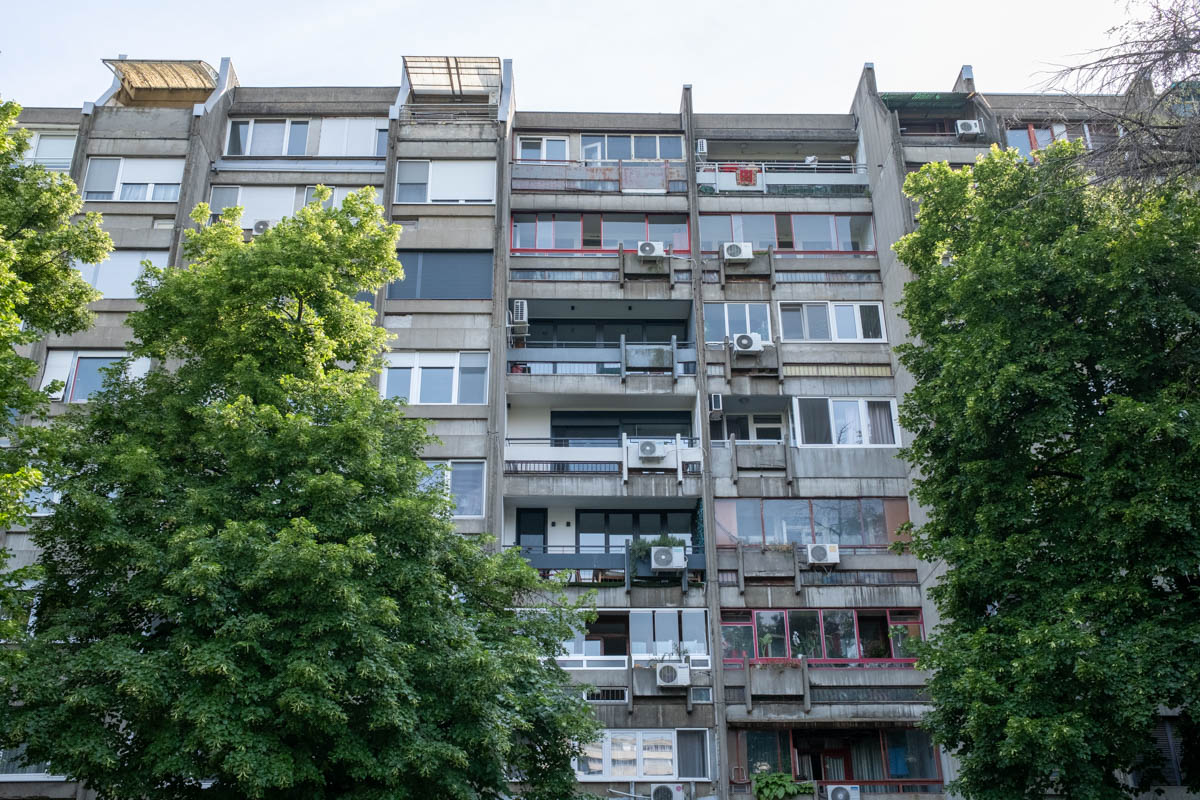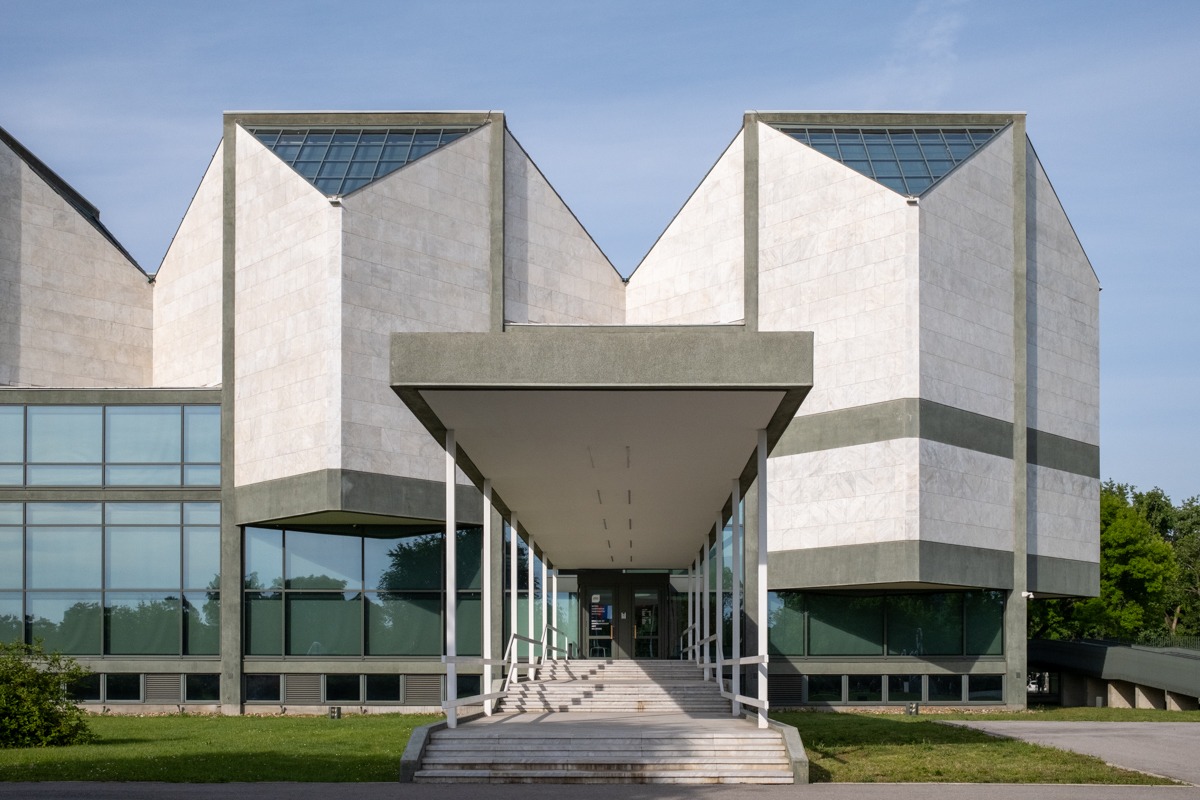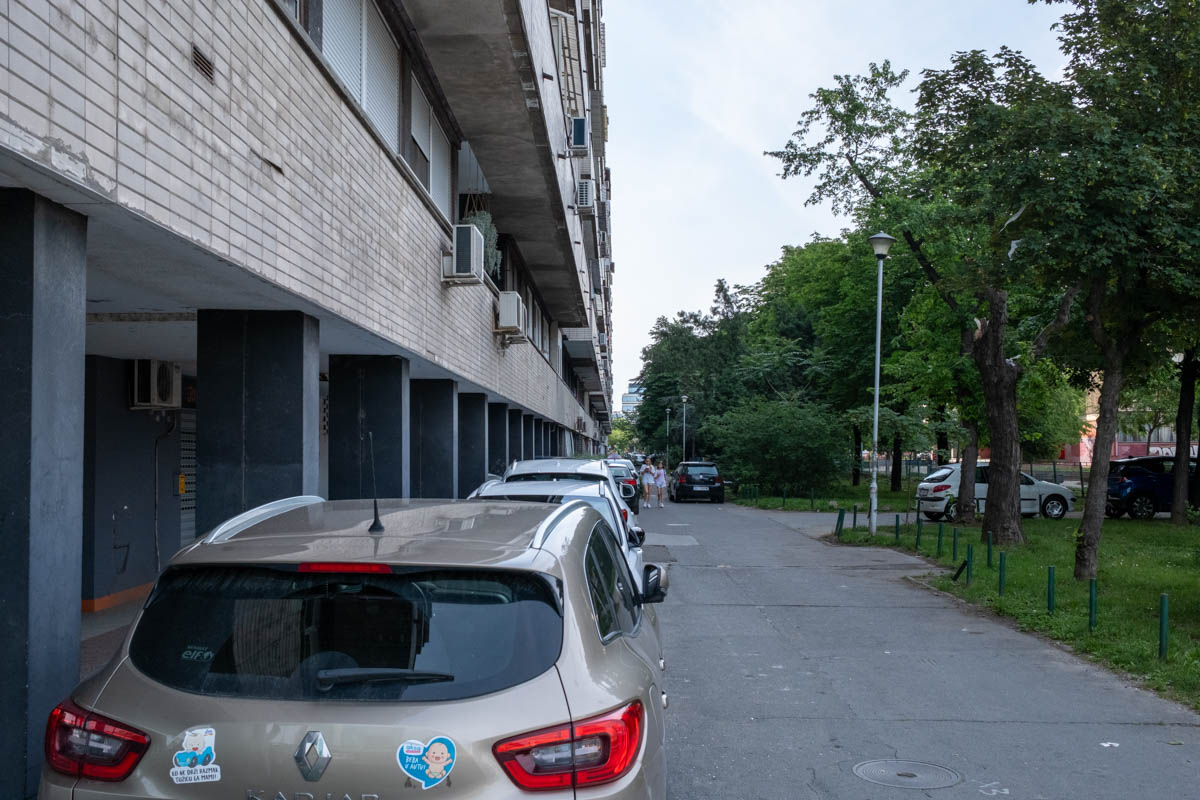BELGRADE | Brutalist architecture is defined by angular, block-like forms, exposed materials like concrete, and structural elements over decorative design. Derided by many over the years as ugly, and unworthy of preserving, brutalism is today being looked at through a different lens.
Inspired by the Modernist architect Le Corbusier, brutalism was an optimistic egalitarian style, a symbol of progress in the decades following World War II. Brutalism arose in the UK, but was particularly embraced in war-torn Eastern Europe, and the USSR. Belgrade the capital of the former Yugoslavia, was strategically positioned positioned between the communist east and democratic west. It was seen as a way to forge the city’s identity as a socialist paradise.
I’ve always had an interest in brutalist architecture, and was excited to visit Belgrade to see some of its prime examples. Novi Belgrade (New Belgrade) is where you’ll find much of the Belgrade’s brutalist architecture. Construction began in 1948 in what was a large deserted area adjacent to Belgrade’s Old Town. Today, Novi Belgrade is one of the best examples in the world of an in-tact, planned brutalist neighbourhood.
Novi Belgrade is filled with residential Blockovi (Blocks), with a variety of muti-purpose use spaces at ground level. They’re monolithic and repetitive, but also feature distinct shapes and features. Despite their non-human scale, these Blockovi are hotbeds of community activity, featuring schools, retail, cafes, parks, and more. To this day, the buildings serve their original purpose.
You can easily spend a full day exploring Novi Belgrade. Despite the fact that many of its buildings are in need of repair, it’s a thriving part of Belgrade. Young people, priced out of the city’s more desirable neighbourhoods, are drawn to Novi Belgrade for its cheap rent. Some of the city’s most exciting food and drink spots, galleries, and retail concepts, can be found inside Novi Belgrade’s brutalist buildings.
It’s difficult not to be fascinated by even the most utilitarian, nondescript buildings you walk by and pass through in Novi Belgrade. I highly recommend simply wandering around, and observing life play out. A few buildings of note include the Palace of Serbia (1947-59), Hotel Jugoslavija (1965) which was once the grandest and largest hotel in the region, Eastern Gate / Rudo Buildings (1977), and Museum of Contemporary Art (1985).
The rest of Belgrade is also filled with brutalist gems. Walk around and you can’t miss them. Buildings to keep an eye out for include the Karaburma Residential Housing Tower (1963) which is nicknamed the Toblerone Tower due to its shape, the Sava Centar (1975-77), and the Western City Gate / Genex Tower (1977). You can’t miss the latter, towering in the distance as you drive into the city from Nikola Tesla Airport.


